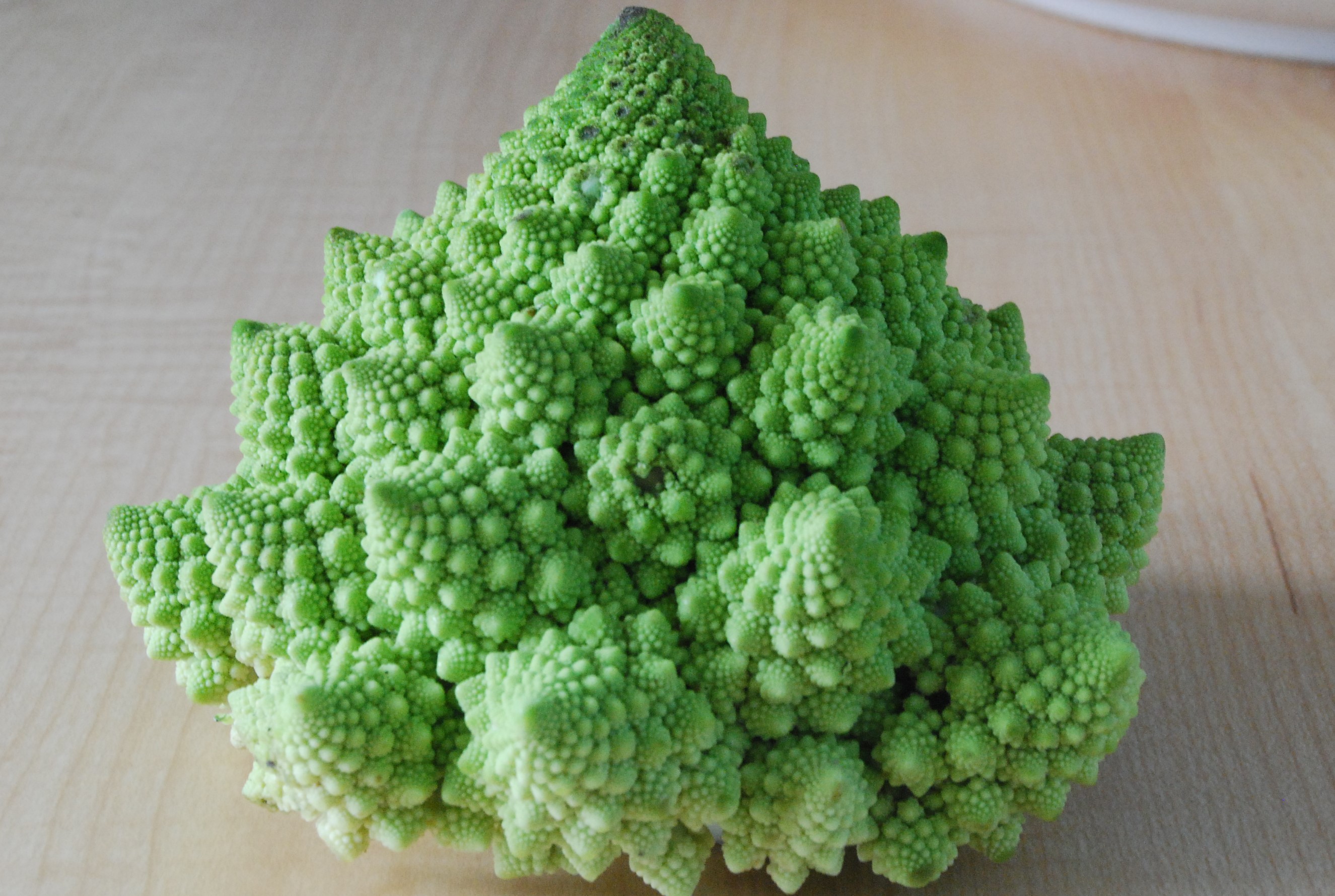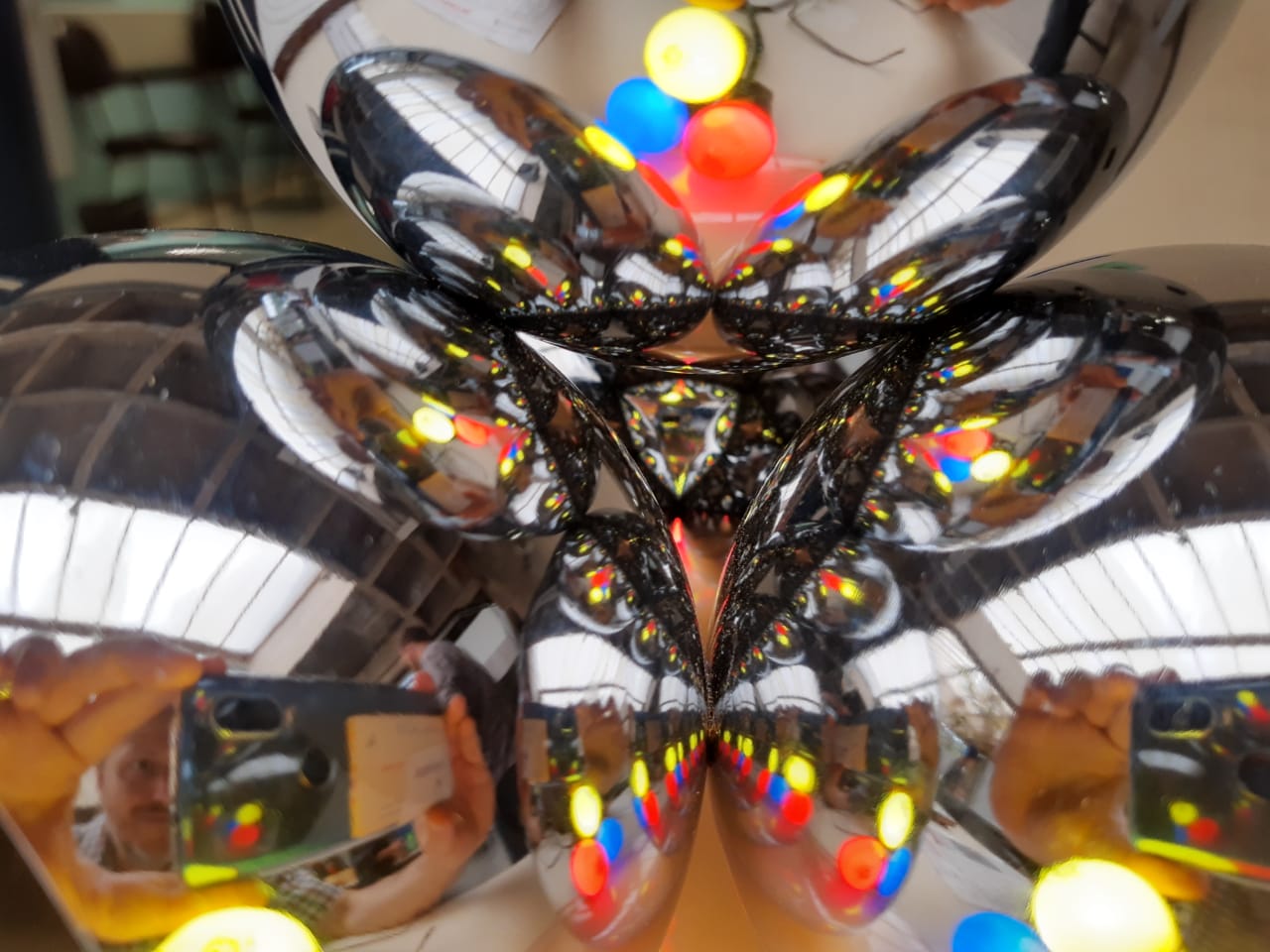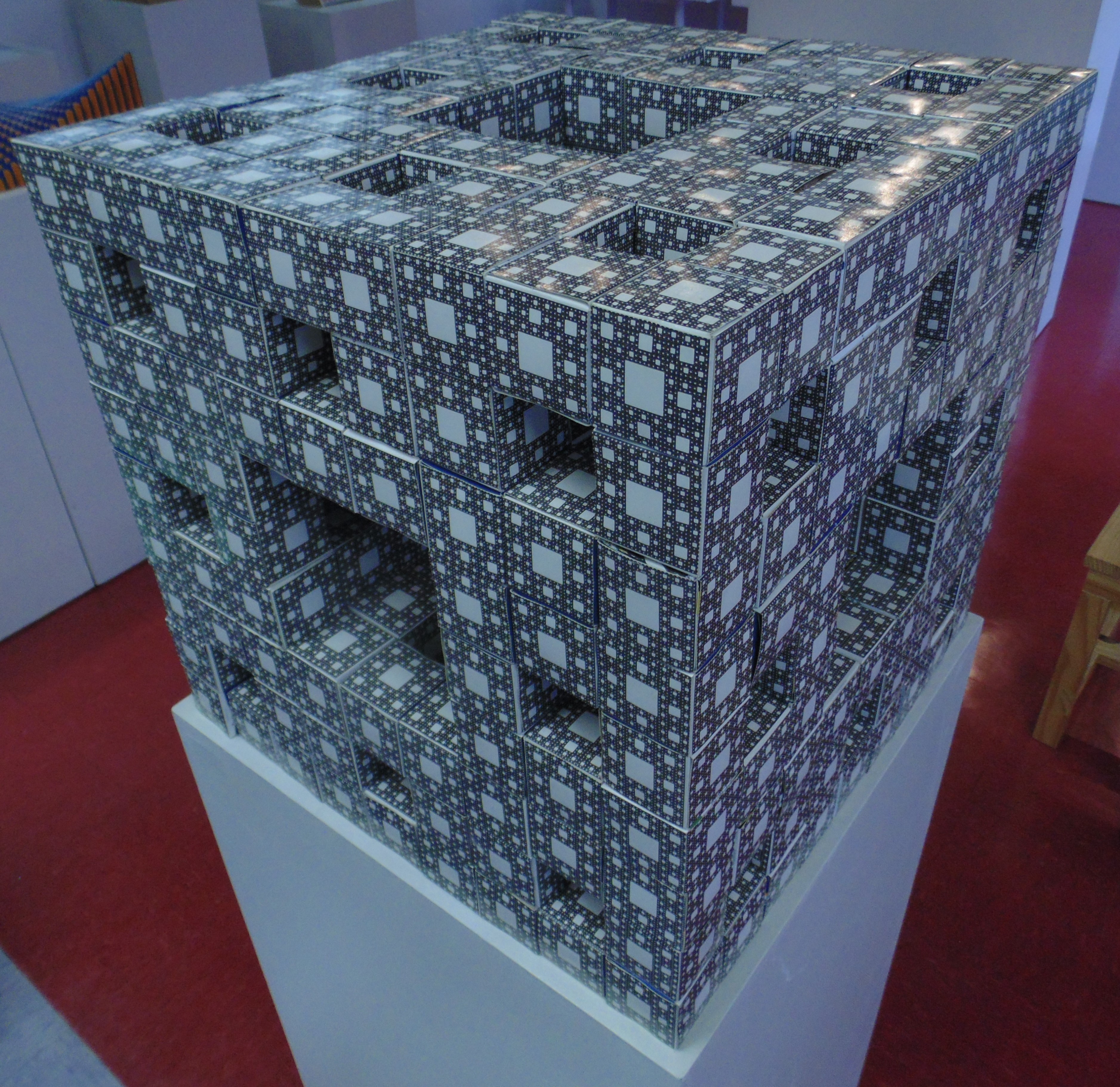FRACTALS
Fractals are geometric “objects” with self-similar structures on infinite scales, that is, there are exact or approximate copies of the entire object in pieces as small as desired.
The term fractal was coined by Benoît Mandelbrot in the 1970s, when computational resources made it possible to see the richness and beauty of these figures, beyond the examples and discoveries of the early 20th century, made by Helge von Koch, Gaston Julia, Pierre Fatou and others. Aside from their importance in mathematics, fractals serve as a tool in imitating natural settings and plants. For example, the image below shows a Romanesque broccoli!

We can also observe this type of phenomenon by making a dizzying zoom from the observation of a fixed point in a certain image, which is called the Mandelbrot Set, defined in the theory of Dynamical Systems. To see this incredible zoom, as well as many others, just enter the Maths Town channel.
Another way to see the formation of fractals is using mirror balls, like the one in the figure below. Note that, by placing them in a certain position and using colored lights, we can see the pattern repeating itself "infinite" times: just bring the lights closer to the mirrored balls and watch the fractals proliferate closely!


MENGER SPONGE
At the beginning of the 20th century, several examples of fractal sets appeared, which served as counterexamples (or tests) in topology and, more particularly, in works related to the concept of dimension.
Karl Menger, in 1926, proposed this “sponge”, which is nothing more than a three-dimensional generalization of the Sierpinski Carpet, conceived 10 years earlier by Waclaw Sierpinski.
It starts with the partition of a cube into 27 cubes with a third of its size and the removal of 7 of these smaller cubes (the middle one and the middle 6 of the faces). For each remaining cube, the same procedure applies, and so on to infinity. The resulting set is self-similar: its pieces, if enlarged correctly, are congruent to the whole figure.
The “level 2” origami block sponge on the right was made by student Carla Teodoro, within the MegaMenger project of building a level 4 sponge from collaborative work around the world.

